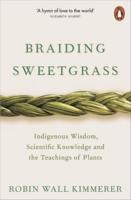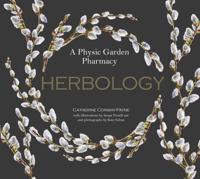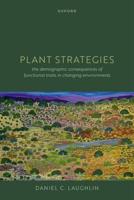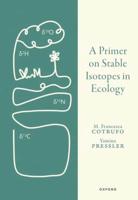Publisher's Synopsis
The book explores a study carried out at the Soil Science Field Laboratory of Bangladesh Agricultural University, assessing the impact of various nitrogen sources and poultry manure on water properties, growth, and yield of rice during the Aman season of 2011. It was found that ammonium (NH4+) concentrations in water were higher with prilled urea (PU) application compared to urea super granules (USG). The highest NH4+ concentration was noted on the second day after PU application, and then it gradually decreased. Water pH increased with rising NH4+ levels, while electrical conductivity (EC) was initially highest and decreased over time. The combination of 56 kg N ha-1 as USG with 3.0 t ha-1 of poultry manure (PM) produced the highest grain and straw yields compared to other treatments. This combination also enhanced nitrogen uptake, improved yields, increased nitrogen use efficiency, and reduced nitrogen loss. Such practices minimize environmental impact and improve soil health. The study concludes that integrating USG with poultry manure effectively boosts rice yields, decreases reliance on chemical fertilizers, and supports sustainable agricultural practices.








